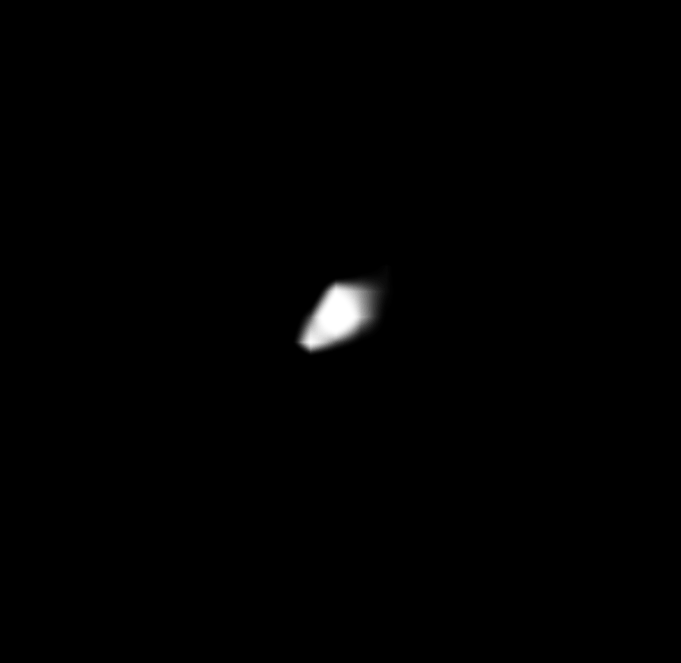Mab
Mab was unveiled to astronomers on June 3, 2003, when it was discovered using the Hubble Space Telescope. Despite its relatively diminutive size, Mab stands as a notable member of Uranus's moon family, boasting an estimated diameter of about 25 kilometers (16 miles). Mab's orbit places it among the inner moons of Uranus, and it follows a prograde trajectory, meaning it orbits the planet in the same direction as Uranus's rotation. The precise composition and origin of Mab remain subjects of ongoing scientific investigation. However, it is widely believed that Mab, like many of Uranus's moons, is composed mainly of water ice and rocky material. Its formation may have arisen from the gradual accretion of materials near Uranus or could be linked to capture from more distant regions within the solar system, such as the Kuiper Belt or the scattered disk. Mab is part of a group of inner moons of Uranus, sharing its orbital neighborhood with other small moons like Cupid and Belinda.

